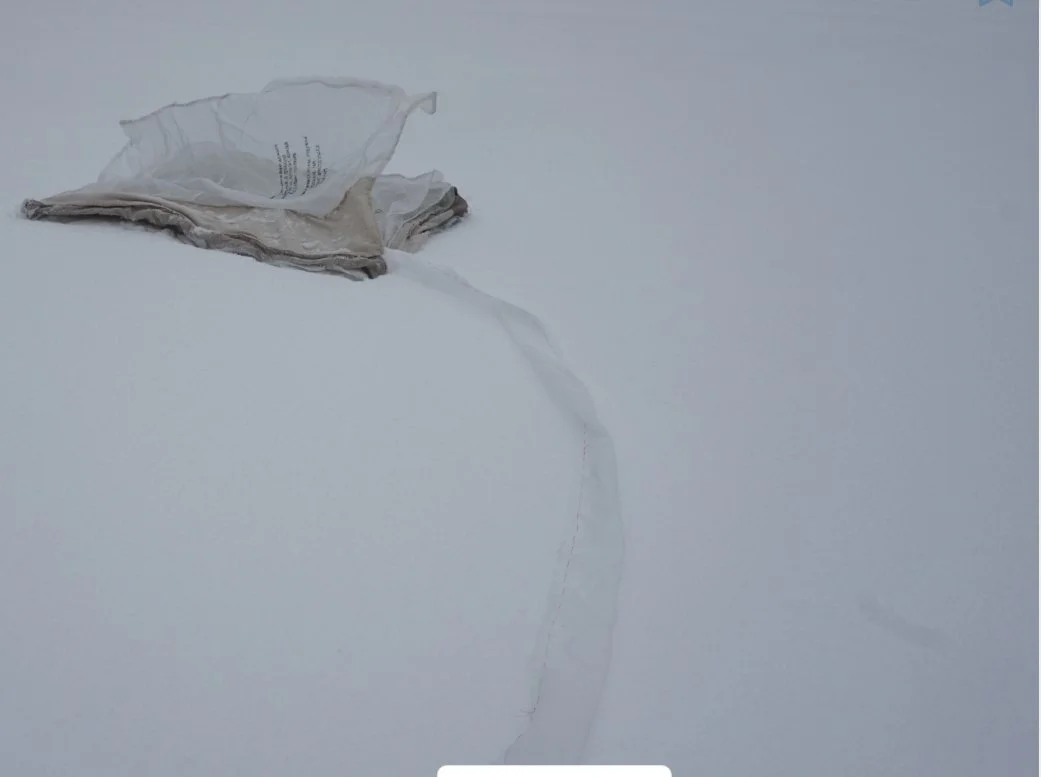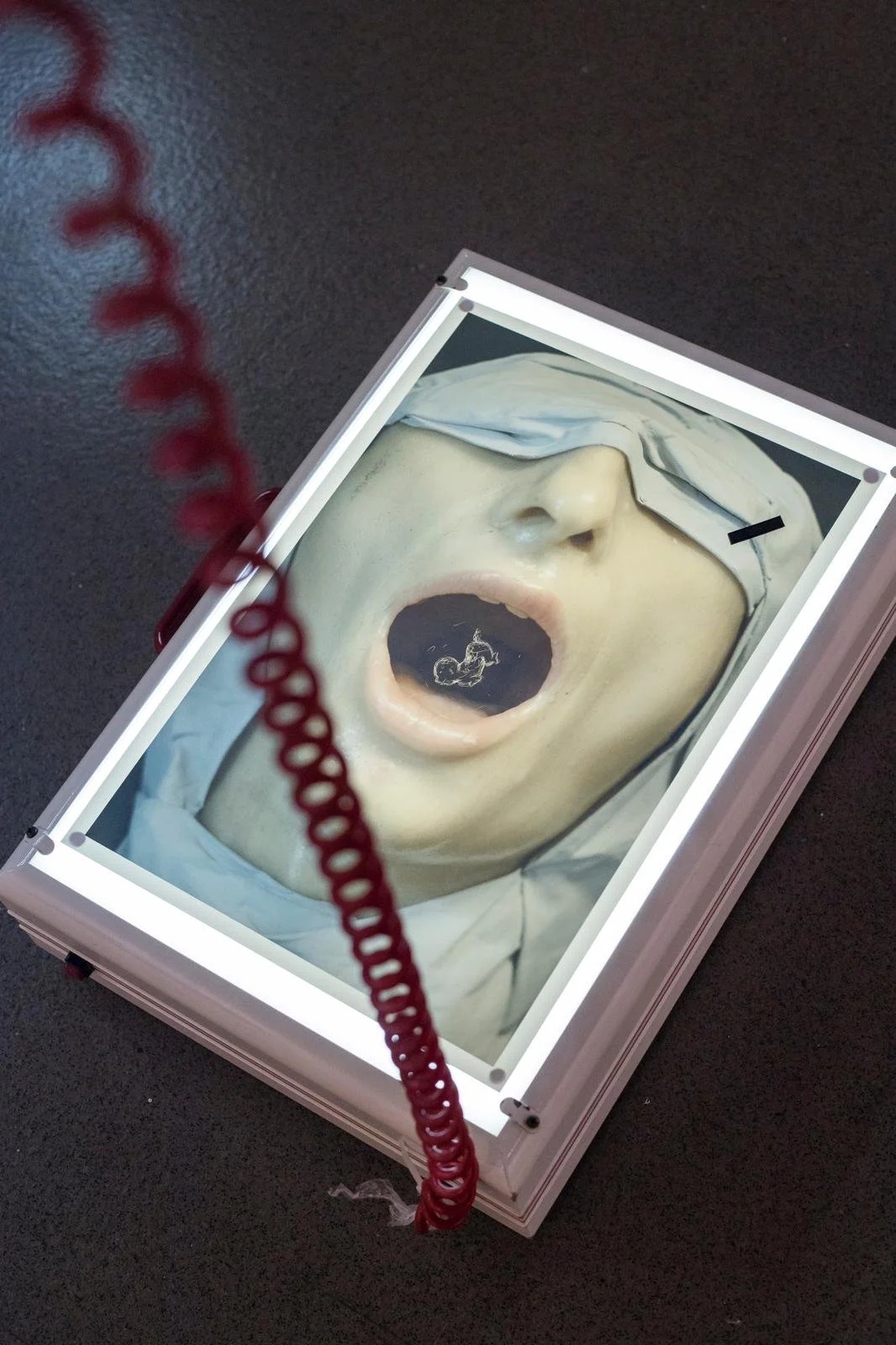Liza Baal









Objects, director: Liza Baal
Choreographer, director: Polina Shushakov
Operator: Ari Gakhova
Text: Grisha Stepanov
About the Artist:
LIZA BAAL, born August 10, 1992, Moscow, Russia. Lisa graduated from Social Anthropology (University) in 2016 and also studied in Moscow Architecture School at Universal University in Moscow in 2019.
This background has strengthened her interest in exploring spaces and the drama within them. «My artistic language combines theatrical and performative practices with work on the creation of objects. Three main themes of my artistic being are: vulnerability as a condition - stepping out of your comfort zone when you have to push yourself off the rails to find new meaning.»
About the Project: My Tritons - Prope
My Tritons - Prope is an exploration of the phenomenon of memory and trauma. I have been working on the topic of this project since the beginning of 2022. This year I created an object - a handmade large-format book made of fabric and wire frame. For me, this item plays the role of a portal to another world.
Since early childhood, when I felt loss, I collected various things associated with a person and kept them as mementos. Leaving the place, I carried away stones and plants, so that a piece of this place remained with me. Thanks to these items, I felt that the boundaries between the past and the present are very arbitrary, and the space of memory is living and changeable. These objects had their own aura and immersed me in a border world. One man wrote a poem "Jerusalem Jerusalem" on behalf of Jesus, who left Jerusalem, and then through poetry told me he died. This story caused an internal contradiction in me, because Christ cannot die. And then my desire to understand my story related to the loss of my father and connection with him became actualized. First, I created a suitcase that resembles a tombstone. (in this you can see the Lacanian drive of death). However, I do not want the living person whose photographs I use to feel dead while alive, so through the living process of creating objects endowed with an aura, I am looking for a way to overcome death or accept loss. I do not think of created objects as material. I turn the suitcase into negative, and it becomes transitive, that is, it resides in the border world, and the book, sewn from thin white silk, it is weightless to me. The hand-embroidered text harks back to ancient tradition, and has a sacred meaning, symbolizing a talisman, which is related to the theme of physicality. According to tradition, it is believed that the amulet absorbs negative energy, protects a person from destruction and heals him from wounds. The meaning of the word text (Latin textus) means “fabric”, and refers us to textiles, to the material world of things. My book reminds me of that it has a form and it takes on a new meaning, when it becomes tactile. Thus, I literally connect two types of matter: matter-body and matter-spirit. By creating a man-made object, figuratively gravitating to something phantom, I work with deconstruction and reassembling the image. I perform a ritual for myself to free my memory, and to subsequently free up space for the new, if possible. Rethinking, re-feeling, re-awareness gives a new quality to this memory and its new content.







